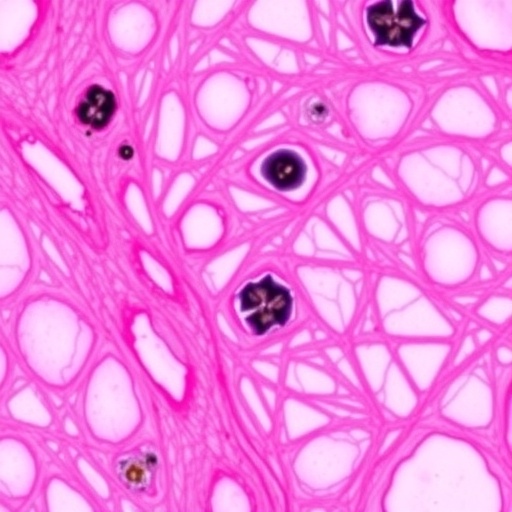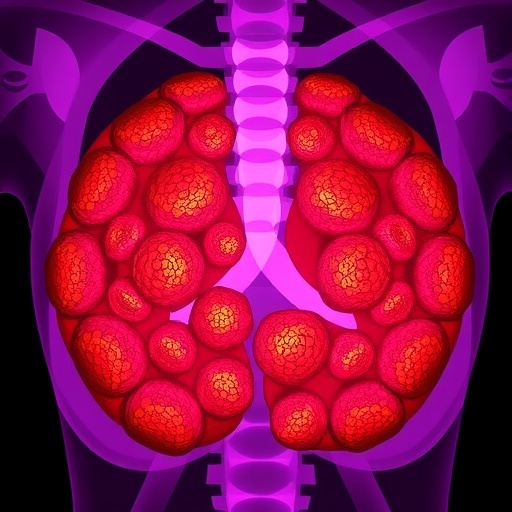
Credit: MU College of Education
COLUMBIA, Mo. – According to the National Center for Learning Disabilities (NCLD), one in five individuals are impacted by language-based learning disabilities — one of the most common being dyslexia, which involves difficulty in reading or interpreting words, letters and other symbols. Now, a new study from the University of Missouri that focuses on typically learning children, has found a link between "working memory" and how children learn. Researchers feel this discovery may later help educators uncover new ways to teach children with learning disabilities.
"Working memory, or the retention of a small amount of information that is readily available, is an integral aspect to learning," said Nelson Cowan, a professor psychological sciences in the MU College of Arts and Science. "Our goal was to understand the structure of working memory and how it relates to language use and intelligence in children."
Working memory is the small amount of information an individual holds in his or her mind at one time, Cowan says. For example, if an individual is listening to a story, he or she holds the beginning sentence or paragraph in his or her mind until the story continues to the point where the listener can make sense of it. Cowan believes that people with language disorders such as dyslexia may have a working memory deficit.
In the study, Cowan and his team used three different memory models to assess the relationship between working memory and learning in 168 typically developing second grade children. The children participated in an array of tests that challenged the visual-spatial, phonetic and auditory aspects of their working memory.
Results showed that an aspect of working memory referred to as the focus of attention was found to have a strong correlation with learning and intelligence. In his previous work, Cowan found that attention is a key component to working memory.
"Attention is vital to understanding phonetic sounds, reading words and solving mathematical problems," Cowan said. "To help children with language learning disabilities, educators can reduce the amount of information that is given to a child at one time, allowing them to channel their attention onto one task instead of three or four."
The study, "The Structure of Working Memory in Young Children and its Relation to Intelligence," was published in the Journal of Memory and Language and was funded by a grant from the National Institutes of Health (NIDCD #R01 DC010784). Shelley Gray, a professor of speech and hearing science in the Mary Lou Fulton Teachers College at Arizona State University was first author on the study. The content is solely the responsibility of the authors and does not necessarily represent the official views of the funding agency.
###
Editor's Note: For more on the story, please see: https://coas.missouri.edu/news/professor-explores-relationship-between-working-memory-and-intelligence
Media Contact
Jeff Sossamon
[email protected]
573-882-3346
@mizzounews
http://www.missouri.edu
############
Story Source: Materials provided by Scienmag





